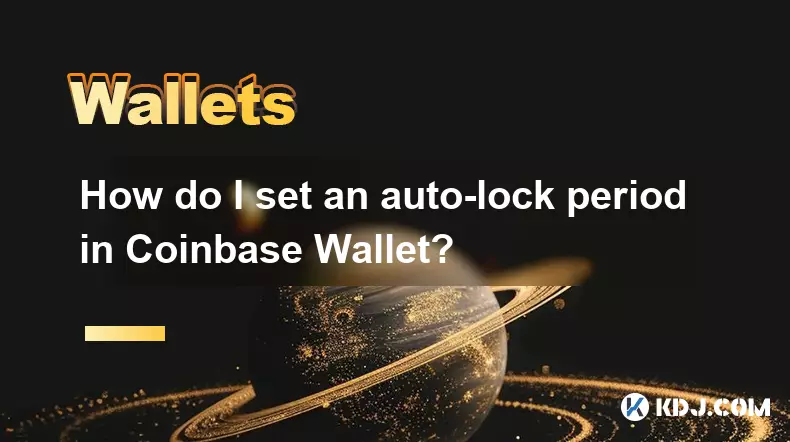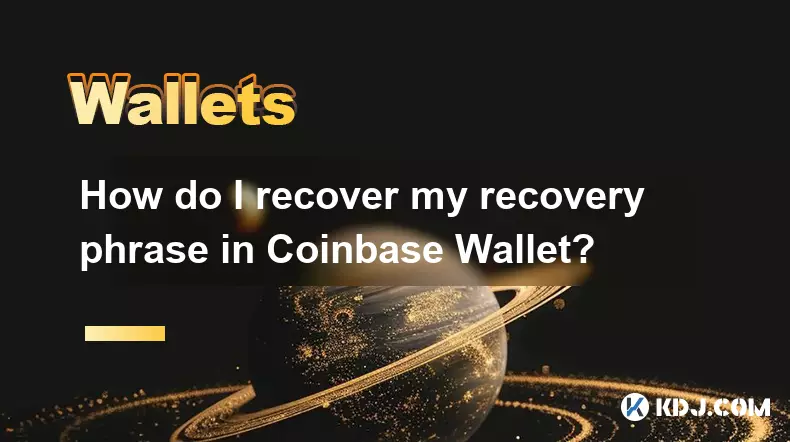-
 bitcoin
bitcoin $112371.712755 USD
-0.18% -
 ethereum
ethereum $4188.969598 USD
-0.18% -
 tether
tether $1.000202 USD
-0.05% -
 xrp
xrp $2.834903 USD
-0.51% -
 bnb
bnb $1021.658413 USD
3.04% -
 solana
solana $215.188750 USD
-1.77% -
 usd-coin
usd-coin $0.999803 USD
0.00% -
 dogecoin
dogecoin $0.239438 USD
-0.51% -
 tron
tron $0.336588 USD
-1.10% -
 cardano
cardano $0.812415 USD
-1.22% -
 hyperliquid
hyperliquid $45.019578 USD
-2.90% -
 chainlink
chainlink $21.594825 USD
-0.13% -
 avalanche
avalanche $34.271321 USD
2.56% -
 ethena-usde
ethena-usde $1.000931 USD
-0.07% -
 sui
sui $3.354033 USD
-0.29%
How do I sign and send transactions using my Ledger device?
Always verify transaction details on your Ledger device screen to prevent attacks—never share your recovery phrase or approve suspicious requests.
Sep 23, 2025 at 04:54 am

Connecting Your Ledger Device to Wallet Interfaces
1. Connect your Ledger device to your computer using the provided USB cable.
- Power on the device and enter your PIN code to unlock it.
- Open the Ledger Live application and ensure your firmware is up to date.
- Install or open the relevant cryptocurrency app (e.g., Ethereum, Bitcoin) directly from Ledger Live.
- Navigate to a compatible web wallet such as MetaMask, MyEtherWallet, or Rabby, ensuring you are on the official website.
Signing Transactions Securely Through Hardware Verification
1. Initiate a transaction within the connected wallet interface by specifying the recipient, amount, and gas fees.
- When prompted, confirm that the wallet recognizes your Ledger device as the signing source.
- Review all transaction details carefully on the web interface before approval.
- Press the button on your Ledger device to verify the recipient address, amount, and network fees displayed on its screen.
- Only approve the transaction if the information matches exactly what you intended—this prevents man-in-the-middle attacks.
Submitting Transactions to the Blockchain Network
1. Once signed, the transaction is sent back to the wallet interface with a digital signature from your Ledger.
- The wallet broadcasts the signed transaction to the blockchain network via connected nodes.
- Monitor the transaction status through block explorers like Etherscan or Blockchain.com.
- Wait for network confirmation; this may take several seconds to minutes depending on congestion.
- Never share your recovery phrase or approve transactions requesting private key access.
Managing Multiple Accounts and Tokens Safely
1. Use different apps on your Ledger for distinct cryptocurrencies to avoid confusion.
- Label accounts clearly in your wallet interface to prevent sending funds to incorrect addresses.
- For ERC-20 tokens, ensure the Ethereum app is open on your Ledger when approving transfers.
- Double-check token contract addresses when adding custom tokens to avoid phishing scams.
- Regularly update both Ledger Live and individual coin apps to benefit from security patches.
Frequently Asked Questions
What should I do if my Ledger doesn’t appear in the wallet interface?Ensure the correct crypto app is open on the device. Try a different USB cable or port. Restart Ledger Live and refresh the browser tab connected to the wallet.
Can I use my Ledger with mobile wallets?Yes, many mobile wallets support Ledger via Bluetooth or USB OTG adapters. Examples include Trust Wallet and Argent, provided Bluetooth connectivity is enabled on the Ledger device.
Why does the address on my Ledger screen differ from the one on my computer?This may indicate a compromised system. Always verify that the address shown on the Ledger’s display matches the one in the wallet interface—mismatches suggest potential malware interference.
Is it safe to sign messages with my Ledger?Yes, signing messages is secure as long as you understand the content being signed. Avoid signing arbitrary data or hex strings, as these could be disguised transaction authorizations.
Disclaimer:info@kdj.com
The information provided is not trading advice. kdj.com does not assume any responsibility for any investments made based on the information provided in this article. Cryptocurrencies are highly volatile and it is highly recommended that you invest with caution after thorough research!
If you believe that the content used on this website infringes your copyright, please contact us immediately (info@kdj.com) and we will delete it promptly.
- Ozak AI: Is This Top-Performing AI Token Poised to Outshine Bitcoin and Ethereum?
- 2025-09-24 16:25:12
- XRP Tundra: Dual-Token Innovation Heats Up the XRP Ecosystem
- 2025-09-24 16:25:12
- Remittances, Africa, and Stablecoins: A New Financial Frontier?
- 2025-09-24 16:30:00
- Crypto Whales Dive into Ozak AI: Accumulation Trends and Insights
- 2025-09-24 16:30:00
- Pi Network: Breaking the Crypto Echo Chamber Through Community Participation
- 2025-09-24 16:45:17
- Meme Coins September 2025: Finding the Best Coins
- 2025-09-24 16:45:17
Related knowledge

How do I view smart contract interaction history in Coinbase Wallet?
Sep 24,2025 at 01:36am
Accessing Smart Contract Interaction History in Coinbase Wallet1. Open the Coinbase Wallet application on your mobile device and log in using your cre...

How do I use the token swap feature in Coinbase Wallet?
Sep 24,2025 at 05:00pm
Understanding Token Swaps in Coinbase Wallet1. The token swap feature in Coinbase Wallet enables users to exchange one cryptocurrency for another dire...

How do I set up a custom RPC node in Coinbase Wallet?
Sep 24,2025 at 12:00pm
Understanding Custom RPC Nodes in Coinbase Wallet1. A custom RPC (Remote Procedure Call) node allows users to connect their Coinbase Wallet to a block...

How do I manage multiple assets in Coinbase Wallet?
Sep 23,2025 at 10:00am
Understanding Multi-Asset Support in Coinbase Wallet1. Coinbase Wallet allows users to store a wide variety of digital assets beyond just Bitcoin and ...

How do I set an auto-lock period in Coinbase Wallet?
Sep 23,2025 at 01:18pm
Understanding Auto-Lock Features in Coinbase Wallet1. The Coinbase Wallet does not offer a direct 'auto-lock period' setting like some traditional ban...

How do I recover my recovery phrase in Coinbase Wallet?
Sep 24,2025 at 08:18am
Understanding the Importance of Your Recovery Phrase1. A recovery phrase, typically consisting of 12 or 24 words, serves as the master key to your Coi...

How do I view smart contract interaction history in Coinbase Wallet?
Sep 24,2025 at 01:36am
Accessing Smart Contract Interaction History in Coinbase Wallet1. Open the Coinbase Wallet application on your mobile device and log in using your cre...

How do I use the token swap feature in Coinbase Wallet?
Sep 24,2025 at 05:00pm
Understanding Token Swaps in Coinbase Wallet1. The token swap feature in Coinbase Wallet enables users to exchange one cryptocurrency for another dire...

How do I set up a custom RPC node in Coinbase Wallet?
Sep 24,2025 at 12:00pm
Understanding Custom RPC Nodes in Coinbase Wallet1. A custom RPC (Remote Procedure Call) node allows users to connect their Coinbase Wallet to a block...

How do I manage multiple assets in Coinbase Wallet?
Sep 23,2025 at 10:00am
Understanding Multi-Asset Support in Coinbase Wallet1. Coinbase Wallet allows users to store a wide variety of digital assets beyond just Bitcoin and ...

How do I set an auto-lock period in Coinbase Wallet?
Sep 23,2025 at 01:18pm
Understanding Auto-Lock Features in Coinbase Wallet1. The Coinbase Wallet does not offer a direct 'auto-lock period' setting like some traditional ban...

How do I recover my recovery phrase in Coinbase Wallet?
Sep 24,2025 at 08:18am
Understanding the Importance of Your Recovery Phrase1. A recovery phrase, typically consisting of 12 or 24 words, serves as the master key to your Coi...
See all articles










































































